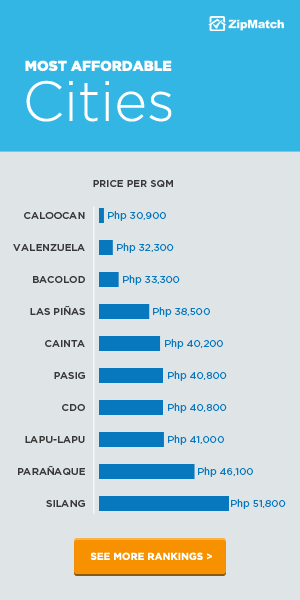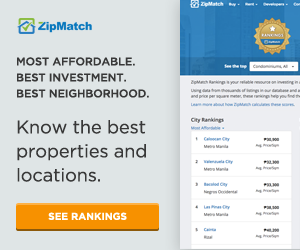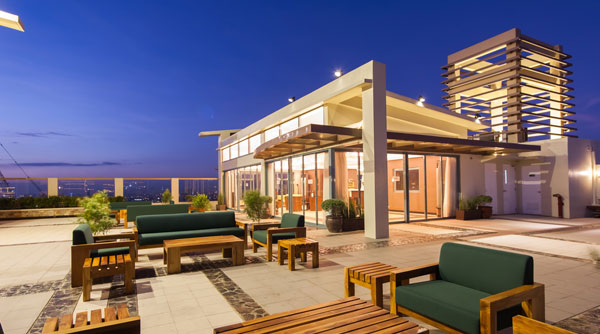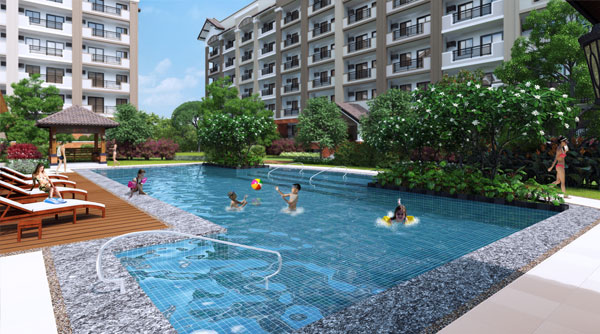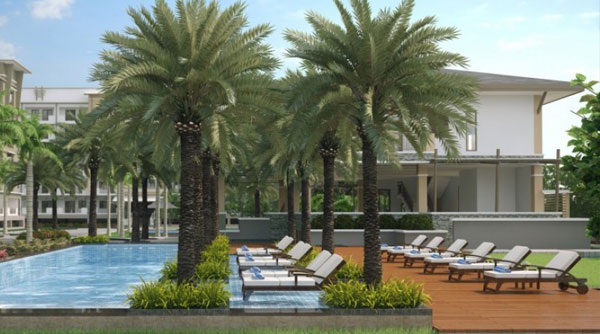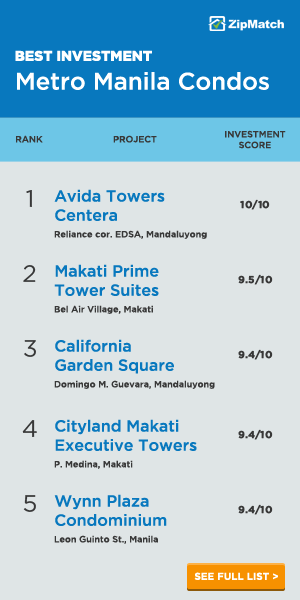According to the laws of physics, when an object that has a higher density than air is propelled upwards, it returns back to earth because the forces of gravity act upon it. This same principle applies to property markets, especially the housing sector. When the prices of homes shoot up (characterized by a period of “irrational exuberance” accompanied by a buying frenzy from misinformed buyers), this further drives the valuations of real property until they reach unsustainable levels, then they decline.
Many economists agree that this is one of the telltale signs of a real estate bubble. However, what they don’t agree on is whether real estate bubbles can be identified and prevented and if they have broader economic repercussions are answered differently by schools of economic thought. But one thing is for sure—unlike a real bubble, a real estate bubble can end not with a pop but with a crash, similar with the one the United States experienced in 2007, which triggered the global financial crisis.
Recognizing when a bubble may occur becomes easier if economists and policy-makers can spot the red flags in the areas of lending, spending, and employment.
Lending
When the number of available home-loan program increases, home ownership increases with it. Although this is not dangerous in itself, it can be a subtle sign of a bubble forming, especially when buyers increase housing obligations while their income remains the same. This is not necessarily a bad thing. However, most borrowers fail to take into consideration certain life occurrences—such as illness, layoffs, and pay cuts—that will affect the good standing of their mortgages.
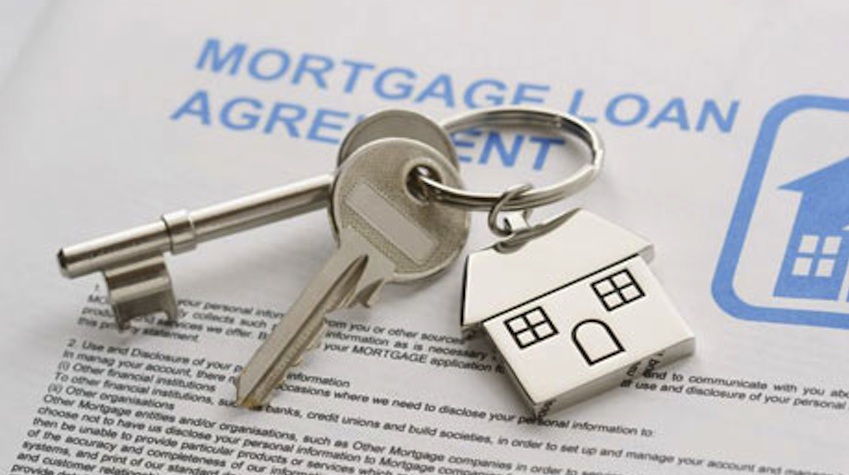
Increases in mortgage loan application increases the risk for real estate bubble
This is best exemplified by the subprime mortgage crisis in the United States, which triggered the late 2000s financial crisis. Because of low credit quality, mortgage delinquencies and foreclosures rose, which resulted in the decline of securities backed by said mortgages and the collapse of major financial institutions.
Spending
Market sentiment also is a telltale sign of a bubble forming. When conditions are favorable for lenders (low unemployment, high consumer spending, etc.), home-loan programs abound, and property buyers bask in attractive financing plans to buy condos and upgrade homes. Buyers become plentiful as home equity grows. This is usually described as a seller’s market.
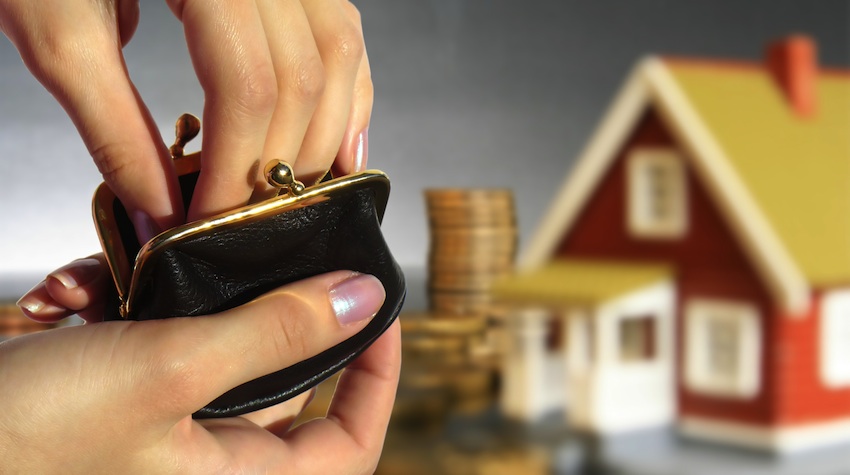
However, a vibrant real estate market is bound to become saturated with mortgage debt, which often leads to the decrease in lending and the number of potential homebuyers. Equity naturally slips and profits from home sales gradually decrease. This is usually regarded as a buyer’s market.
A buyer’s market is not necessarily a bad thing. However, when this continues and prices continue to fall, it more homeowners find themselves suddenly “underwater” (owing more on their mortgages than their properties are worth). In worse cases, foreclosures loom.
Employment
A vibrant labor market also typically results in increases in home sales. Banks, especially if they’re profiting from good-standing mortgages, will start to offer more loan products. Employment-related population increases often follow, down payments become more common in real estate purchases, and property values rise. Keen on cashing in on this favorable market condition, real estate developers go through a building binge, expecting that demand will continue indefinitely.

When job fronts level off and unemployment rates increase, a bubble could be in the horizon. Professionals begin moving to favorable markets in search of better jobs, consumer spending decreases, and the market becomes flooded with available properties. This drives property values down, marking the true making of a bubble.
The Philippine Scenario
The Philippines’ newfound economic exuberance is boosting an optimistic sentiment not seen since before the start of the 1997 Asian financial crisis. During the first quarter of this year, for example, GDP grew 7.8 percent, faster even than China’s, compared to the same period a year earlier.
Growing affluence and a newfound appetite for investment are fueling the concept of property investment among Filipinos. There is now a huge demand not only for buy-to-rent properties, but also for lifestyle or vacation homes that double as investment.Although at the moment the Philippines is not experiencing a real estate boom similar to the one before the 1997 crisis, the country’s residential market is at a longer and sustained cycle, and that most developments, especially medium- and high-rise projects, are heavily concentrated in Metro Manila and neighboring provinces.

But what’s interesting is that amidst the oversupply in the high-end segment, the Philippines quite ironically is currently experiencing a housing backlog of a staggering 3.9 million units. In fact, statistics show that 22 percent of Filipino families cannot even afford their own home, and at the current of production, the backlog is expected to hit 6.9 million by 2030.
The Philippines’ real estate sector is not exhibiting signs of a bubble yet as economic fundamentals are strong. If anything, risks such as exposure to debt, unchecked high prices, and a slide in our GDP exacerbated by the global financial crisis will result in a market correction rather than a real estate bubble bursting.
What Can Be Done to Sustain the Market’s Momentum?
In order for the industry to survive a sudden downturn, real estate developers need to maintain parity in absolute price and payment terms versus competition. They also need to develop a strong, sustainable brand architecture to be ahead of local competition.
The following criteria are also recommended for new projects:
- along existing major transport routes;
- areas with high population and economic growth;
- limit “initial” project size to 10–30 hectares for mixed-used development; and
- sound product design strategy.
A focus on the resilient mid-market and core housing developments also makes sense, as it is here where there’s strong demand (and need). In addition, more office portfolio developments on top of the growing BPO market will also prove highly sustainable.
Dispersal is also key. Major cities outside Metro Manila and neighboring provinces should be identified as potential areas for new projects. This comprises a sustainable business model for real estate developers.
In addition, developers must develop a strong sales distribution network, comprising of independent brokers, in-house salespersons, provincial sales contribution, international sales teams, and online or digital sales strategies. Operational efficiency will also contribute to overall profitability.
Real estate investment trusts (REITs) must debut soon as its effects will be significant and the strong showing of the country’s bourse will be sustained. REITs will also encourage small players to follow global best practices in real estate investing. If the economy turns sours and no REITS debut, we will see moderate nominal falls (correction) in price points in 2015.



